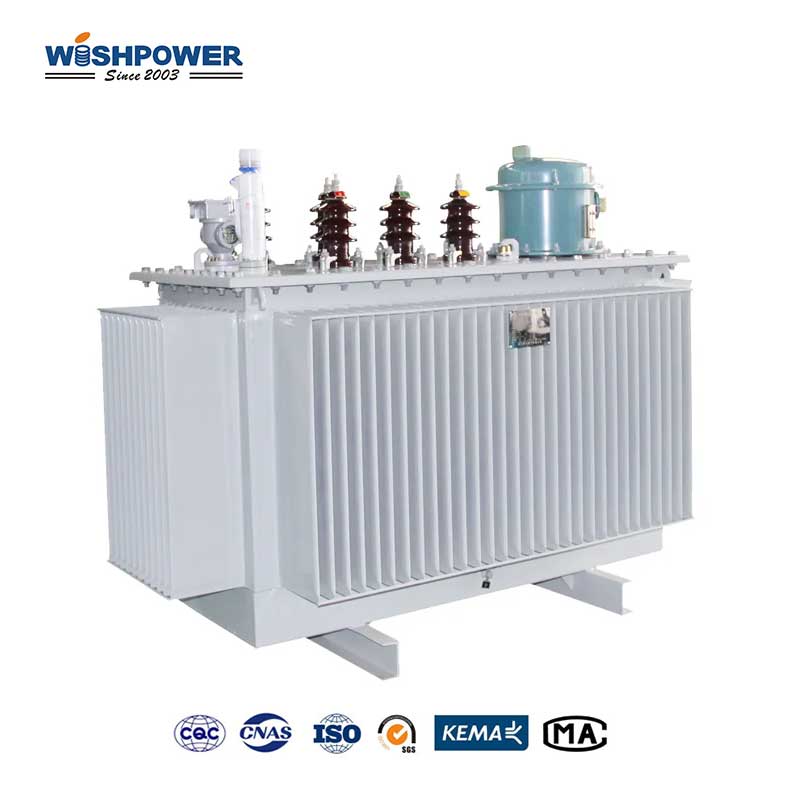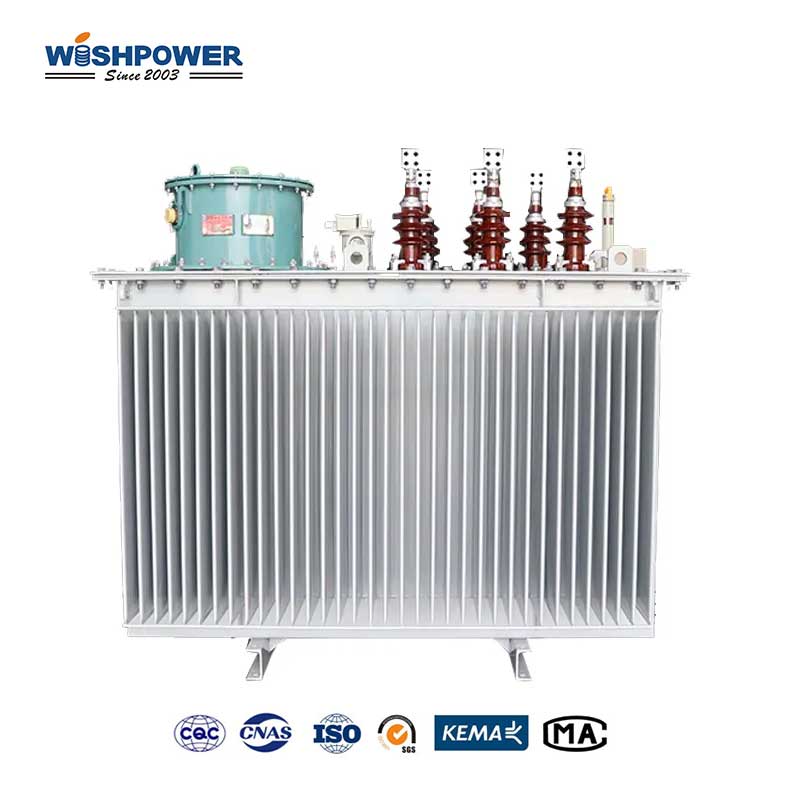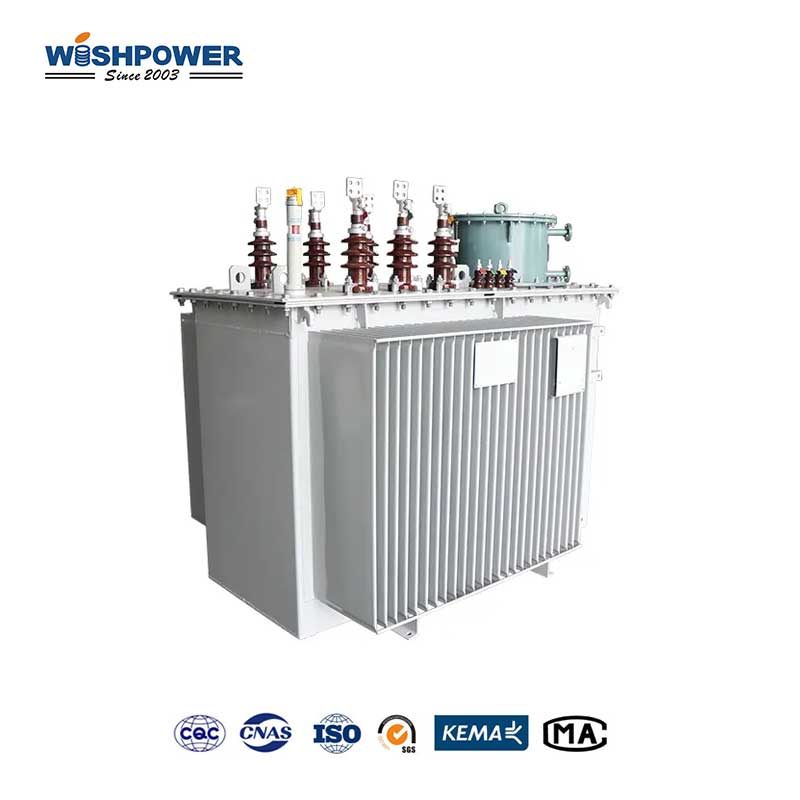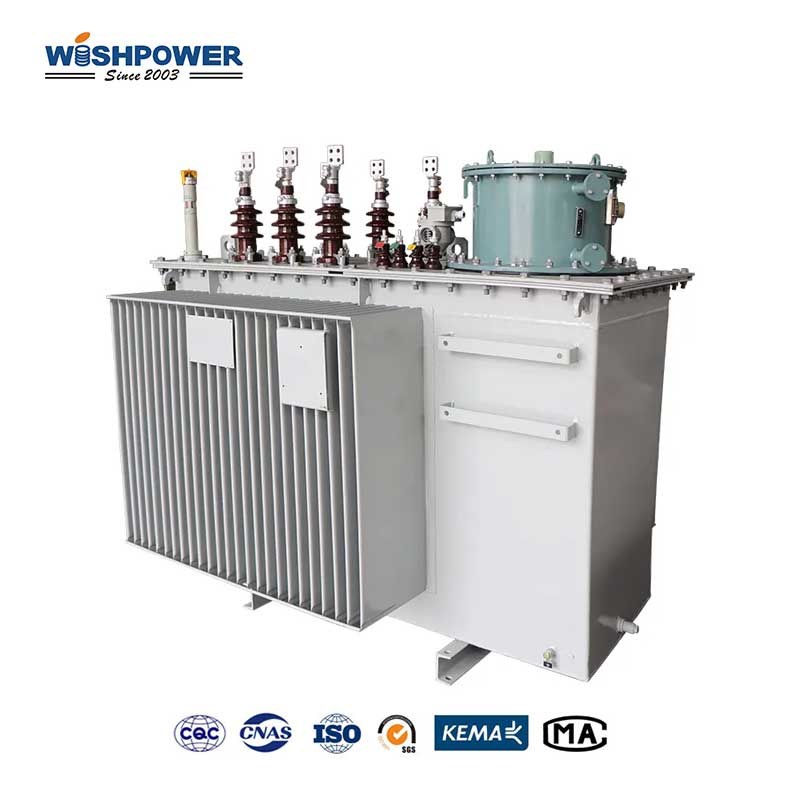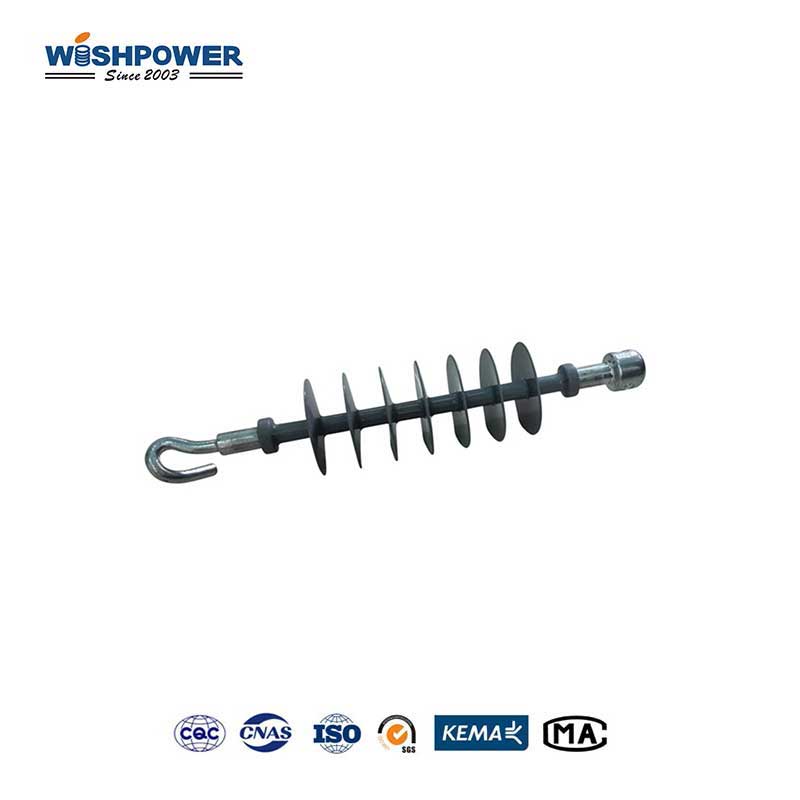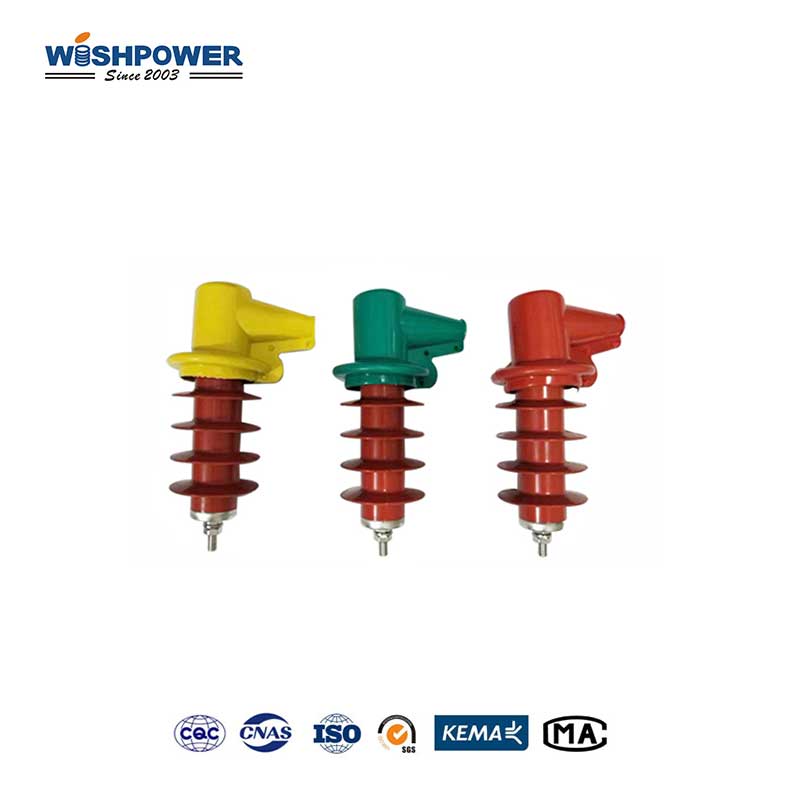Specification
| Project |
Specification |
| Rated voltage |
6kV |
10kV |
35kV |
| Rated capacity |
630kvar ~ 6000kvar |
630kvar ~ 12500kvar |
1000kvar ~ 36000kvar |
| Number of compensation levels |
9 levels, 18 levels (SVQR+TBB or two sets of SVQR used together) |
| Reactive power adjustment range |
25% ~100% |
| Control mode |
Automatic, manual, remote |
| Control system |
DSP full digital control system |
| Control strategy |
Voltage reactive power, voltage power factor |
| Action times |
Electrical: 50,000 times, mechanical: 500,000 times |
| Structural form |
Indoor structure, outdoor structure, or box transformer |
| Communication |
RS485 interface |
The table above is just one of our product parameters. If you want more information, please get in touch with info@wishpower.net
What is the SVQR Voltage Regulating Type Reactive Power Automatic Compensation Device?
The SVQR voltage regulating type reactive power automatic compensation device is a novel reactive power management (RPM) optimizing tool for power systems. The device operates differently than previous methods that use gradual switching of capacitor banks to meet reactive power requirements. It can adjust the amount of reactive power injected into the grid by keeping the capacitor bank constantly connected and perfectly controlling its terminal voltage. Unlike conventional reactive power compensation systems, this voltage regulation mechanism enables more accurate and efficient reactive power compensation that facilitates the dynamic response of the system to changing load conditions in maintaining voltage at a stable level. It offers continuous and highly tuned reactive power compensation. Because of its traditional capacitor switching, it can have sudden changes, however, with the voltage controlled and the SVQR system compensates, smoother transitions and better power quality are possible. It can cut down losses and increase the stability of the system while also making voltage regulation better in the whole network.
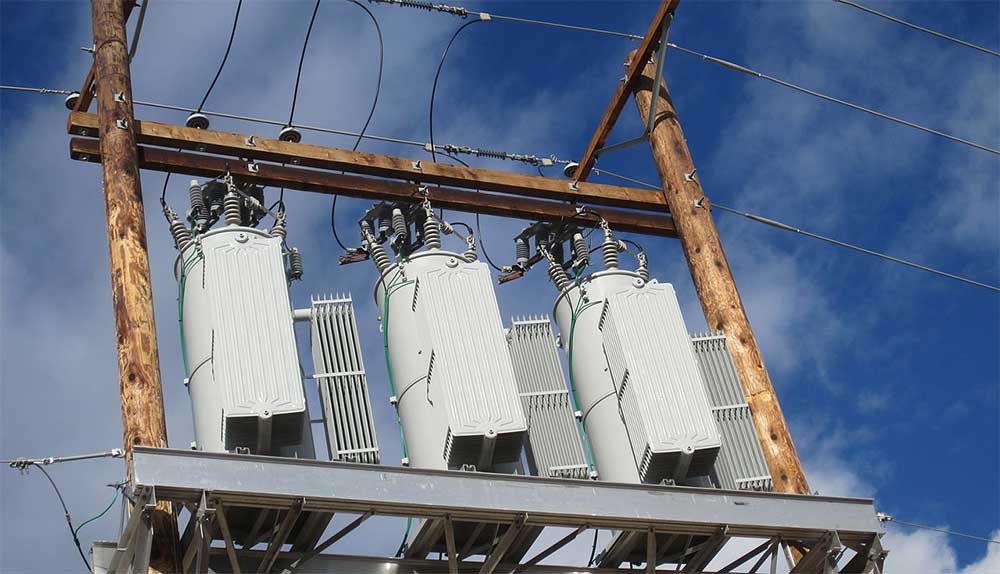
Composition Structure
The reactive power compensation device is composed of two main sections: There are the main and supplement parts which both play a good role in its working.
The primary section includes key electrical components such as:
This switch is called Isolating Switch (QS) and is used to safely disconnect the device from the power grid for maintenance or when any fault occurs.
Being one of the most important components, it is called an Autotransformer (SVQR), it serves the purpose of regulating the voltage supplied to the banks of the capacitors for control of reactive power injection in the grid.
Surge Arrester (F): Protects the device from voltage surges by reducing chances of incurring damage that undermines operational safety and durability.
Series Reactor (L): Installed to limit the inrush current and harmonics for improving series compensation which allows a stable and efficient compensation process overall.
C (Power Capacitor) – The main component to power the reactive power into the grid is dependent on the controlled voltage levels.
Discharge Coil (FD), protects against the discharge of residual charge in the capacitors when the device is de-energized.
The secondary section consists of:
This is the brain of the system – controlling the voltage regulation, and real-time grid conditions, and controlling the operation of the primary components to get the maximum reactive power compensation around these conditions.
For an existing station that is being retrofitted, components like the isolating switch, surge arrester, power capacitors, series reactor, and discharge coil can usually be obtained from its original equipment and, combined with the reuse of the station’s existing components, the upgrade is both cost-effective and efficient. The SVQR system combines these elements, providing precise voltage regulation and improved reactive power compensation in new and modernized substations.
Working Principle
The reactive power compensation system works on basic electrical principles, namely, the relationship of the reactive power output of a capacitor bank through its terminals to the square of the voltage across them. As per this principle, the reactive provided by the capacitor bank varies proportionally to the voltage across it squared. It makes use of this principle and uses an autotransformer between the capacitor bank and the circuit breaker. The reactive power output is then precisely controlled by the voltage applied to the capacitor bank which is regulated by this autotransformer. Because the capacitance of the capacitor bank is fixed, the reactive power injected into the grid depends on the Transformer’s voltage adjustment. The device can fine-tune reactive compensation by increasing or decreasing the terminal voltage to match real-time system requirements.
Features
- Innovative Reactive Power Compensation Method:
That SVQR system is different because instead of depending on circuit breakers or vacuum contactors to switch capacitor banks in and out, it employs a novel approach. An autotransformer coupled with the reactive power output is used to alter the reactive power output by regulating the terminal voltage of fixed capacitor banks, presenting a more modern technical solution.
- Precise Reactive Power Compensation:
This enables high accuracy of reactive power compensation by up to nine reactive power levels. The substation reactive load is continually monitored and the reactive output of the control system is automatically modulated to maintain the substation power factor at its optimum and thus minimize the chance of breakers tripping by overcompensation.
- Advanced Technology for Power Efficiency:
Compensation is done either by adjusting the voltage instead of switching capacitors, smoothing time, or both, in the SVQR system. Such an enhancement increases the power quality, diminishes energy losses, and provides better stability for the power grid overall.
- Automatic Load Tracking:
The reactive power compensator, placed in the substation, tracks real-time load variations in the substation and adjusts the device output automatically so that the compensator output tracks the system’s reactive power requirements, thereby improving system performance.
Certificate
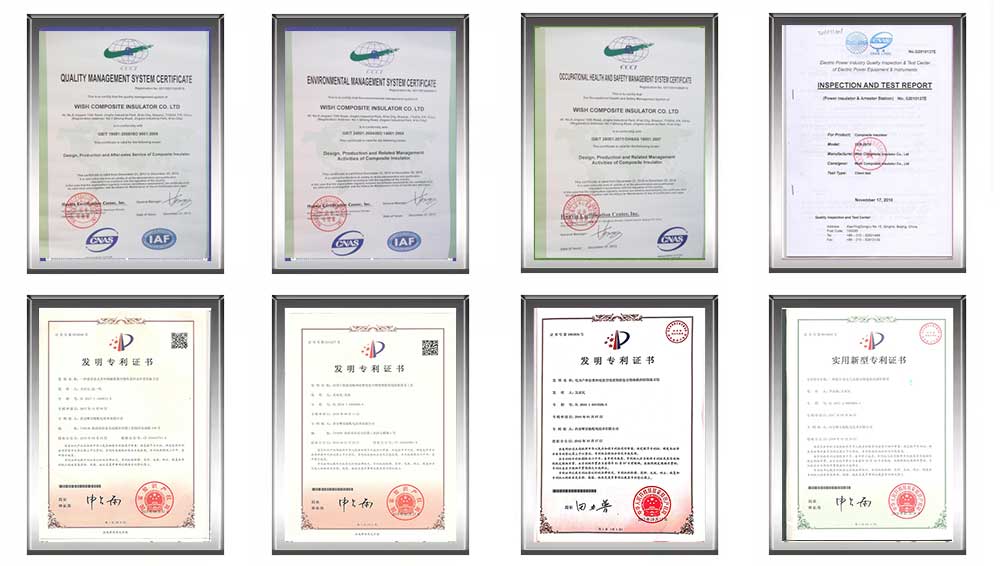
Factory
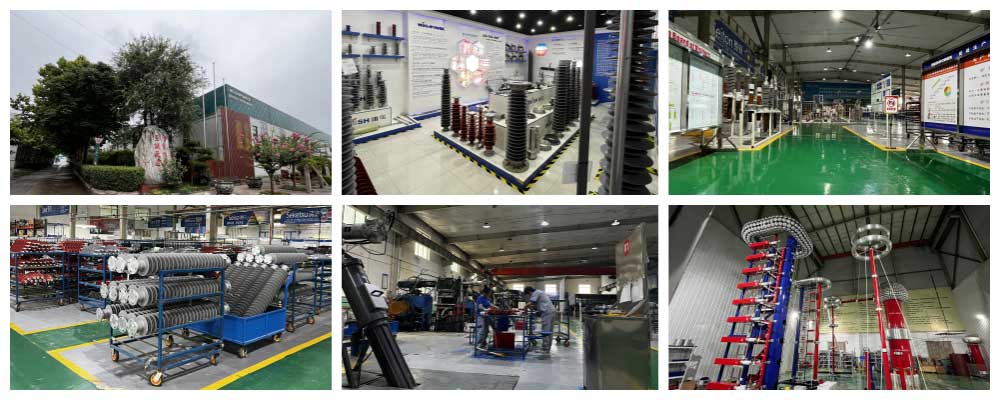
Hot Tags: SVQR Voltage Regulating Type Reactive Power Automatic Compensation Device, Voltage Regulator, Thailand, manufacturers, ISO factory, wholesale, KEMA, high quantity, best, price, low to high voltage














